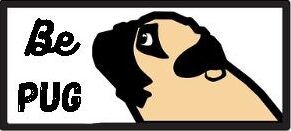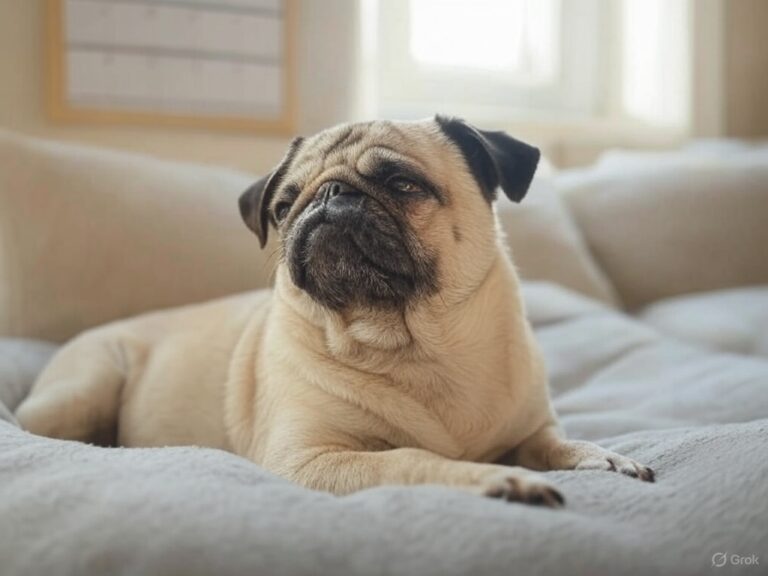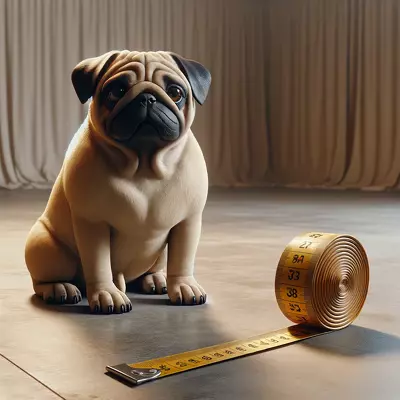When Are Pugs Full Grown? Growth Stages Explained

Pugs are known for their charming personalities and adorable, wrinkly faces. As a pug owner, you may find yourself wondering when your furry friend will reach their full size. Understanding the growth timeline of pugs can help you provide the right nutrition, training, and care as they mature.
Understanding Pug Growth Stages
Pugs go through several key growth stages before they reach their adult size. While each pug may develop at a slightly different pace, there are general milestones you can expect.
Newborn to 8 Weeks
During their first eight weeks, pugs experience rapid growth. Puppies are tiny at birth, typically weighing around 4 to 7 ounces. By the time they are ready to leave their mother at 8 weeks, they usually weigh between 2 to 4 pounds.
8 Weeks to 6 Months
This is the most active growth period for pugs. They gain weight quickly and develop their distinct pug features, such as their wrinkled forehead and curly tail. By six months, pugs generally weigh 7 to 12 pounds.
6 Months to 1 Year
At this stage, your pug’s growth will start to slow. Their height will mostly stabilize, but they may continue to gain muscle and fill out. By their first birthday, pugs typically weigh between 13 to 18 pounds.
1 Year to 2 Years
While pugs stop growing in height around their first year, they may continue to build muscle and develop a sturdier frame until they are about two years old. At this stage, their ideal weight ranges from 14 to 20 pounds, depending on their genetics and lifestyle.
Factors That Affect Pug Growth
Several factors influence how quickly — and how large — your pug will grow.
Genetics
Your pug’s parents play a major role in determining its adult size. Based on their lineage, some pugs may naturally be smaller or larger.
Diet and Nutrition
Proper nutrition is essential during your pug’s growth stages. Feeding high-quality dog food rich in protein, vitamins, and minerals helps support healthy development.
Exercise
While pugs aren’t the most athletic breed, they still need regular exercise to build muscle and maintain a healthy weight. Controlled play and daily walks are ideal.
Health Conditions
Certain health issues, such as hormonal imbalances or digestive problems, can affect a pug’s growth. Regular vet checkups can ensure your pug stays on track.
How to Support Your Pug’s Growth
To help your pug develop properly:
- Feed a balanced diet suited to their age and weight.
- Provide plenty of playtime and gentle exercise.
- Schedule regular vet visits to monitor their growth.
- Ensure they get adequate rest during their early growth stages.
Conclusion
Most pugs reach their full height by their first birthday and continue filling out until they are around two years old. By understanding their growth timeline and supporting their development with proper care, you can ensure your pug thrives and stays healthy throughout their life.
Related Articles You Might Find Helpful
Curious to learn more about pugs and their care? Check out these posts:



